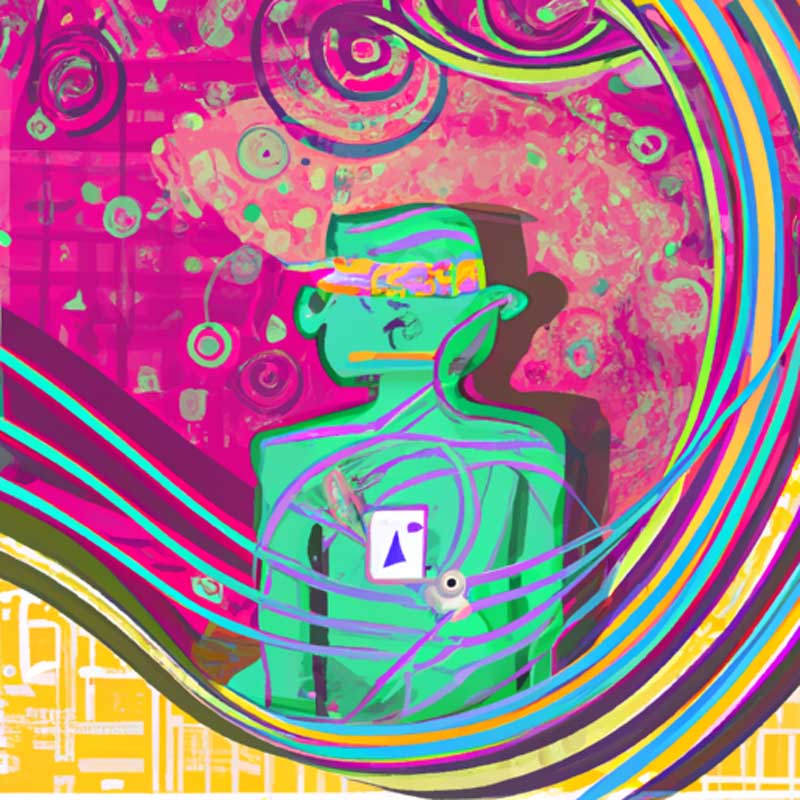- The global robotic process automation (RPA) market is projected to hit $19,534 million by 2027, growing at a CAGR of 36.4% from 2020 to 2027.
- RPA technology, which automates routine business practices through software bots, is being increasingly adopted by organizations to enhance their performance, capabilities, and reduce operational costs.
- The software segment of the RPA market accounted for the highest share in 2019, while the services segment is expected to witness the highest CAGR from 2020 to 2027.
- In terms of industry verticals, the BFSI segment accounted for more than one-fifth of the global RPA market in 2019. However, the healthcare & IT segment is estimated to show the largest CAGR during the forecast period.
- Regionally, North America held more than two-fifths of the global RPA market in 2019, but Asia-Pacific is expected to witness the highest CAGR from 2020 to 2027.
Robotic process automation (RPA) is an emerging technology offering significant potential for automating routine business practices. By using software bots to imitate human actions, RPA can complete repetitive tasks across various corporate functions, including telecom, retail, banking, accounting, HR, and healthcare. It assists enterprises in processing transactions, triggering responses, manipulating data, and interacting with other digital systems.
According to a report by Allied Market Research, the global RPA market, which was valued at $1,636 million in 2019, is projected to reach $19,534 million by 2027, at a CAGR of 36.4%. The prime factors driving RPA market growth are the desire among organizations to enhance their performance, capabilities, and reduce operational costs. The COVID-19 pandemic has also accelerated RPA adoption as companies seek to minimize labor-related risks and foster a digital environment.
The software component of the RPA market accounted for the highest share in 2019, contributing to nearly three-fifths of the global market. This prominence is attributed to the increasing need for continuous process improvements in organizations through automation. The services segment, on the other hand, is forecasted to witness the highest CAGR of 38.2% from 2020 to 2027, driven by the growing global demand for RPA consulting and implementation services.
With regards to industry verticals, the banking, financial services and insurance (BFSI) segment held more than a one-fifth share of the global RPA market in 2019 and is expected to continue this trend. This is due to BFSI sector’s growing need to automate processes such as duplicating of accounts, account reconciliations, loan processing, and credit card processing. However, the healthcare & IT segment is predicted to demonstrate the highest CAGR of 44.9% during the forecast period, primarily due to the surging adoption of RPA to make care services more effective, efficient, and affordable.
Geographically, North America constituted more than two-fifths of the global RPA market in 2019, thanks to the region’s extensive reliance on RPA to boost productivity and competitiveness. However, the Asia-Pacific region is expected to exhibit the highest CAGR of 41.0% from 2020 to 2027, as enterprises increasingly realize the productivity and efficiency advantages offered by RPA.
